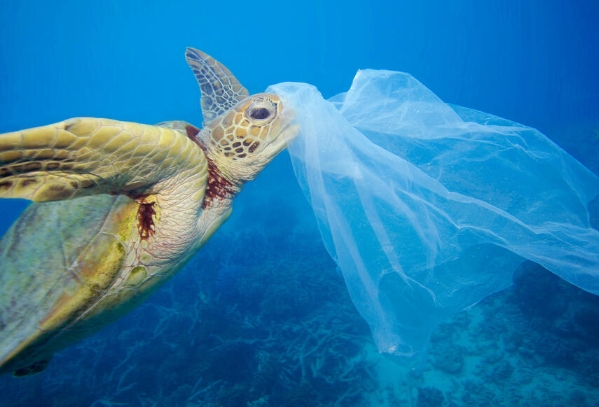Sea turtles are fascinating creatures that roam the world’s oceans, but what do they really eat? Let’s explore the surprising feeding habits of these majestic animals.
Dietary preferences vary among species
Sea turtles have different dietary preferences depending on their species. For example, green sea turtles are mainly herbivores and feed on sea grasses and algae, while hawksbill turtles have a diet consisting of sponges, jellyfish, and other invertebrates.
Feeding habits depend on the life stage
The feeding habits of sea turtles also depend on their life stage. Hatchlings primarily feed on small organisms such as plankton and small fish, while adult turtles have a more diverse diet that includes a variety of marine plants and animals.
The importance of seagrass
Seagrass is a crucial component of the diet of many sea turtle species. It provides essential nutrients and fiber for turtles and helps maintain their digestive system. Without seagrass, sea turtles would struggle to survive.
The role of jellyfish
Jellyfish are a common prey item for sea turtles, particularly leatherback turtles. These gelatinous creatures provide a good source of protein and energy for the turtles, helping them to grow and thrive.
Impact of human activities
Human activities such as pollution and overfishing can have a negative impact on the feeding habits of sea turtles. Plastic pollution can be mistaken for food by turtles, leading to ingestion and potential harm. Overfishing can reduce the availability of prey for turtles, making it harder for them to find enough food.
In conclusion, sea turtles have diverse and surprising feeding habits that are essential for their survival. It is crucial for us to protect their habitats and food sources to ensure that they can continue to thrive in the world’s oceans.

